UP TO THE MINUTE
The first line of defense: Using fire extinguishers safely on the jobsite
September 11, 2025 at 6:00 a.m.By Cotney Consulting Group.
When a flame ignites, your extinguisher is the first line of defense, and your crew's safety depends on what happens in the next 30 seconds.
Fire hazards are more common in the roofing industry than many contractors realize. Whether you're working with torches, hot asphalt, adhesives or electrical tools, the potential for fire is always present. And when flames spark, time is not on your side. That's why every roofing crew must understand one of the most basic yet powerful tools in job site safety: the fire extinguisher.
Fire extinguishers are your first line of defense in an emergency. But having one nearby isn't enough. You and your crew must know how to properly select, inspect and use them. A few seconds of hesitation or misuse can differentiate between a minor incident and a major disaster.
Why fire extinguisher knowledge matters in roofing
Roofers routinely work with heat sources and flammable materials. Torch-down applications, tar kettles, generators, propane tanks and power cords introduce ignition risks. Add in windy conditions, dry insulation or old decking materials and a small spark can become a fast-moving fire.
A properly placed, functional fire extinguisher and someone trained to use it can stop a fire before it spreads. But extinguishers are often buried in trailers, expired or forgotten until too late.
Know the types: Which fire extinguisher is right?
Not all extinguishers are the same. Using the wrong one can worsen the situation or fail to entirely stop the fire. Here's a breakdown of the five common types of fires and the matching extinguisher classes:
- Class A — Combustibles like wood, paper, cloth
Use a water, foam or multi-purpose (ABC) extinguisher - Class B — Flammable liquids (gasoline, oils, adhesives)
Use foam, dry chemical (ABC) or CO₂ extinguisher - Class C — Electrical fires (tools, generators, wiring)
Use CO₂ or dry chemical (ABC) extinguisher — never use water! - Class D — Combustible metals (rare on roofing jobs)
Use specialized dry powder extinguishers - Class K — Kitchen oils (not typically relevant on rooftops)
Most roofing job sites use ABC — rated fire extinguishers because they're versatile and effective on common construction — related fires.
Placement: Close, clear and ready
A fire extinguisher won't help if it's out of reach or blocked by clutter. Follow these best practices for fire extinguisher placement:
- Mount extinguishers within 75 feet of any flammable material or work area
- Keep units visible and accessible
- Avoid storing extinguishers inside closed trailers or vehicles; they must be ready for quick action
- Place additional extinguishers near hot work areas like torch zones or kettles.
Supervisors should review extinguisher locations at the start of each project or shift.
PASS it on: How to use a fire extinguisher
The most common reason people fail to extinguish small fires? They panic or forget how to use the equipment.
Train your team using the PASS method:
- Pull the pin
- Aim the nozzle at the base of the fire
- Squeeze the handle
- Sweep from side to side
Stay six to eight feet from the fire and move in slowly as the flames die. Always keep a clear exit path behind you, and never back yourself into a corner.
Inspection: Don't assume it works
A dusty extinguisher isn't a safe one. Before work starts each day, inspect all units for:
- A readable pressure gauge showing the needle in the green zone
- No visible damage (cracked hose, broken pin, rust or corrosion)
- An intact safety seal
- A visible inspection tag with monthly and annual checks recorded
Fire extinguishers must be professionally inspected annually and visually checked monthly. Replace any that are expired, discharged or damaged.
Hot work precautions: Roofing's fire risk zone
Hot work, which includes open flames, welding, torching or working with hot asphalt, is common on flat commercial roofs. These areas demand even stricter fire safety:
- Assign a trained fire watch for all hot work
- Keep at least one fire extinguisher within arm's reach
- Wet down nearby combustible materials
- Monitor the area for at least 30 minutes after work ends to catch hidden smoldering materials
Ensure your hot work policy aligns with OSHA guidelines and is regularly reinforced during toolbox talks.
Train everyone, not just the foreman
A fire can start in seconds, and the person nearest to you might not be your most experienced crew member. That's why every employee must receive basic fire extinguisher training:
- Recognizing fire types
- Knowing when to fight a fire vs. when to evacuate
- Using the PASS method
- Reporting and documenting fire incidents
Reinforce training annually and during pre-job safety meetings.
Final word: Be fire-ready, not fire-reactive
Roofing job sites are fast-moving, high-risk environments where fire hazards are a daily reality. But fires don't have to be emergencies if you plan, train and equip your crew. Make fire extinguishers a visible and valued part of your safety culture. Conduct inspections, practice usage and place them intentionally, not as an afterthought.
Remember, when a flame ignites, your extinguisher is the first line of defense, and your crew's safety depends on what happens in the next 30 seconds.
Learn more about Cotney Consulting Group in their Coffee Shop Directory or visit www.cotneyconsulting.com.



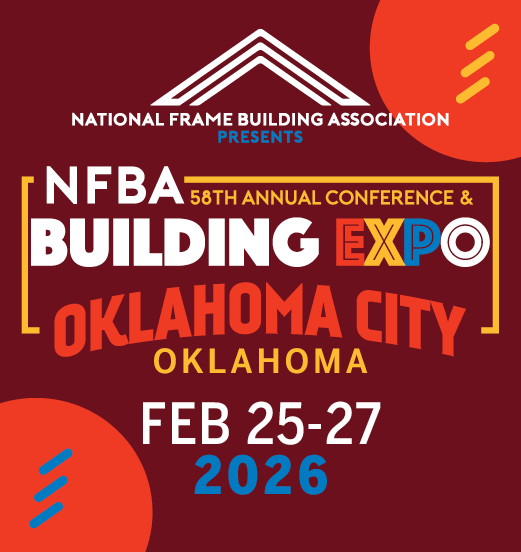

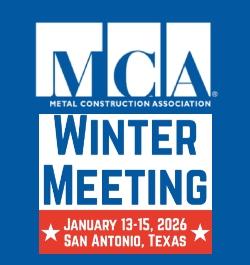





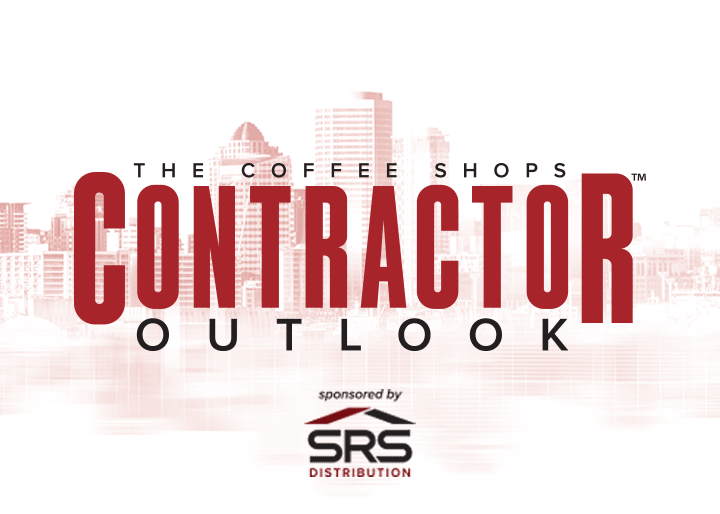
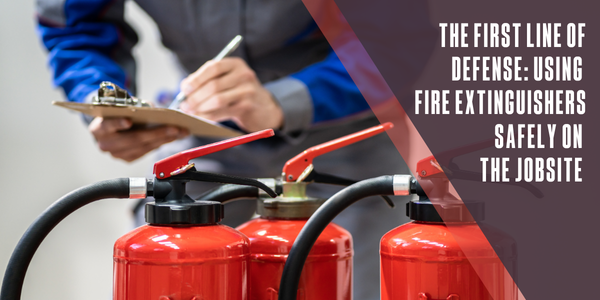
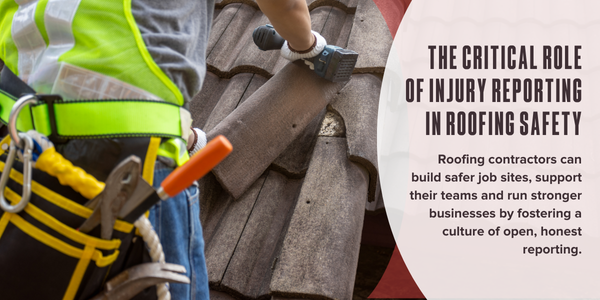

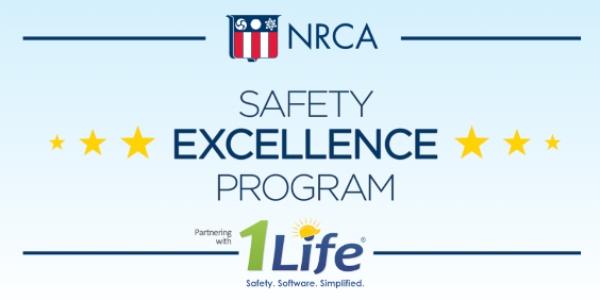



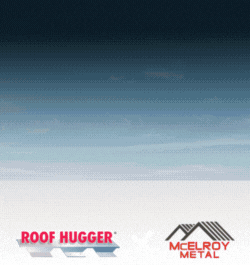

Comments
Leave a Reply
Have an account? Login to leave a comment!
Sign In